Stewards of the Land
A Conversation with Jeff Mott
Landowners: Jeff + Patty Mott
Place They Call Home: Chico, California
Conservation Easement Completed: 2013
Land Trust Staff: Please introduce us to your property, and share what makes it unique.
Jeff: The property we have under conservation easement with NCRLT is 83 acres of mostly blue oak woodland in the foothills above Chico. This property is unique because it contains riparian areas along Little Chico Creek, springs and wet meadows, blue oak, live oak, black oak, valley oaks, foothill pine and many other native species.
Land Trust Staff: Please tell us about your land ethic. Who, if anyone, has influenced how you think about land stewardship?
Jeff: My goals for this property have always been to preserve the natural habitats and restore the natural functions of the land. When I purchased the land in 1993 it had been degraded by overgrazing. There were miles of fencing that impeded wildlife movement. Deer were being tangled in fences, and the wet meadow and adjacent ephemeral stream had been drained by domestic animals. Non-native species had taken over most of the land and I only had isolated stands of native grasses.
Over the past 17 years I have removed the fencing, and shifted the non-native star thistle, dallis grass, wheat grass, orchid grass and others to native species such as deer grass, blue wild rye, purple needle grass and numerous sedges and rushes. Wildlife have returned and the land is beginning to heal.
My mentor is Dr. Paul Maslin, who is a retired faculty member at California State University, Chico and currently volunteers his time at the Big Chico Creek Ecological Reserve. Paul is the most knowledgeable Naturalist I have ever known.
“My goals for this property have always been to preserve the natural habitats and restore the natural functions of the land.”
Land Trust Staff: Why did you want to protect this property? What factors played into your decision to put a Conservation Easement on your land?
Jeff: There aren’t enough lands left anywhere on earth that aren’t being used to extract resources and generate monetary profits. I believe we should value wild lands that are managed as the Native Americans managed land. There is value in maintaining lands in a more natural state to promote native species and give them places to exist without generating profits. We also need to restore natural processes to the land like using fire to discourage non-native grasses and promote native plants.
Prescribed burn to reduce non-native species and encourage native grass and forb regeneration. Photo Credit: Jeff Mott
Land Trust Staff: What benefits have you seen from the Conservation Easement? Does it play a part in your legacy planning efforts?
Jeff: I don’t necessarily believe the next landowner will value the land the same way I do. The Conservation Easement has allowed me to permanently protect the property I manage. That said, if the next landowner doesn’t make a diligent effort to control non-native plants then the land will degrade again over time. Grazing will quickly compact and drain the wet meadow and stream.
Land Trust Staff: Are there any insights that you would share with another landowner who is trying to decide if a Conservation Easement is right for them?
Jeff: If a person doesn’t care about preserving their land in perpetuity, then a Conservation Easement is not right for them. When I began considering a conservation easement for the property I manage, I met with all of my neighbors who own between 40 and 260 acres. Some neighbors expressed fears about a “government agency” controlling what people do on their land. NCRLT is a non-profit organization, not an agency, so I needed to explain the difference. Ultimately, three of us entered agreements with the NCRLT. The folks who entered into agreements all had a common goal: to make sure further development would never occur in our little canyon.
A low-intensity prescribed burn being applied to oak savanna as part of a holistic wildland management approach. Photo Credit: Jeff Mott
Land Trust Staff: Do you have any other thoughts about landscape protection that you’d like to share?
Jeff: Currently the greatest threat to the health of my property is not being able to use fire on the landscape. Regulatory agencies have made it very difficult for landowners to effectively use low-intensity prescribed burns to promote wildland health and lower the risk of catastrophic fire.
Another major threat to native ecosystems is bulldozers being used to scrape fire lines. The dozers killed far more oaks on my property than the Camp Fire, and made shallow scrapes through my wet meadow which essentially drained the meadow. I am still trying to restore the water holding capacity of this wetland. The dozers also spread invasive species like starthistle and medusa head that will take me decades to remove.
There are other ways to make fire lines. I have created mowed strips with almost no vegetative cover that could be used to “black line” fire boundaries instead. The bulldozers should be put to bed.


